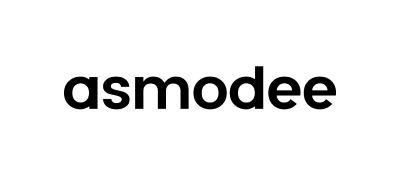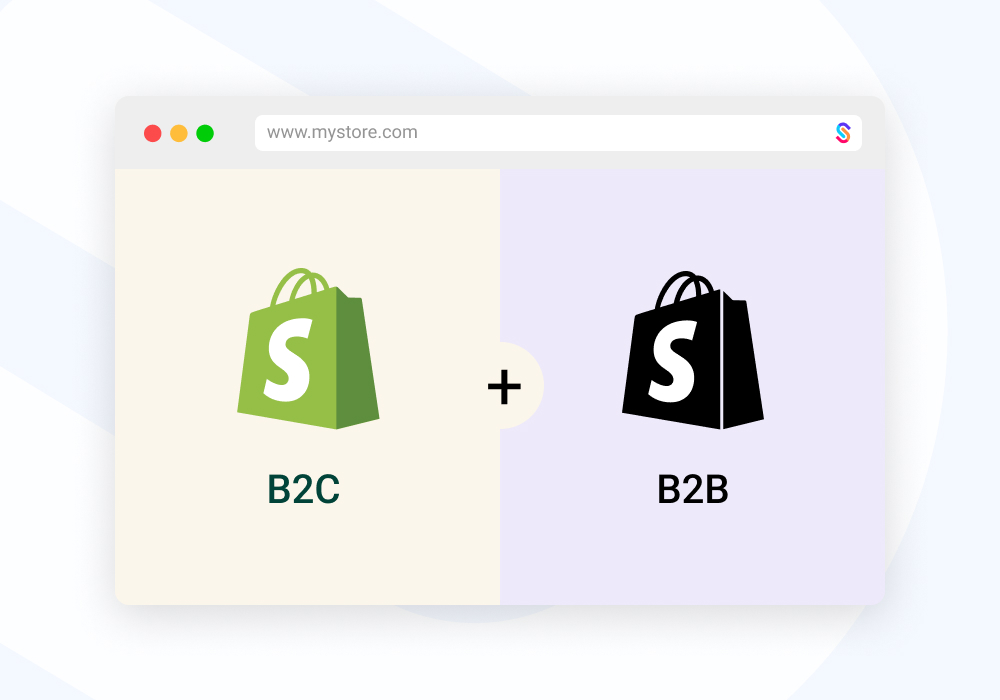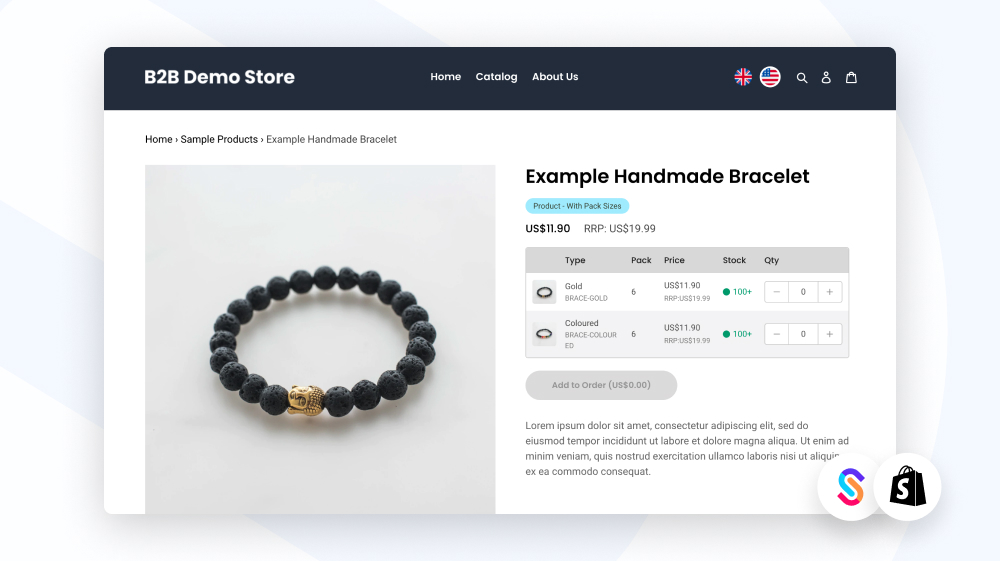One of the growing trends we see first hand is brands looking to combine both B2C and B2B within the same Shopify store. This means having a single website where both channels are managed simultaneously within the same Shopify store. This brings benefits such as a single place to manage content, the product catalogue, order fulfilment, and the general operation of the website. It can also bring commercial benefits, with a reduced overhead on licence and app costs, versus having to create two separate stores for B2C and B2B.
In this guide, we’ll run through how Shopify can be used in this hybrid context and what to look out for when deciding to separate out your B2C and B2B operation.
Making the case for a hybrid store
In one of our recent posts Implementing B2B on Shopify - should you create an additional store?, we highlighted the key factors that often justify separate Shopify sites for B2C and B2B. So what are the key factors that could allow you to combine them?
| Notes | Combing B2C and B2B |
|---|---|
| Catalogue | You intend to share your product content for both channels |
| Content | You intend to share the same content, e.g. landing pages, navigation |
| Stock | You’re able to share stock between both stores |
| Storefront theme | You intend to share the same look and feel across stores |
| Customers | You intend to manage all customers within the same admin |
| Orders | You intend to manage all orders with the same admin |
That said, even if you do have slight variations in the product catalogue or content between B2C and B2B, it’s still possible to configure Shopify to manage both. In our guides below, we’ve detailed some common ways to do this.
For reporting and segmentation, Shopify has powerful built-in tools that easily allow you to differentiate customers, orders, and even analytics making it possible to manage both under the single Shopify store.
Understand the hybrid customer experience
When combing B2C and B2B within this hybrid setup in Shopify, it’s important to understand how the customer ordering user journeys work:
| Channel | Ordering User Journey |
|---|---|
| B2C | Customers will arrive at your website, browse products, add items to their shopping cart, and then proceed to place their order via the checkout |
| B2B | Customers will arrive at your site, login into their account, browse products at their B2B prices, add items to an order, and then proceed to place their order via their specific B2B payment terms (eg Payment on Account) |
The combination of Shopify and SparkLayer lends itself beautifully to the above scenarios and you can even test this for yourself on our Demo Store.
What to look out for when combing B2C and B2B
Generally speaking, the hybrid setup is a great way for Shopify merchants to get started with both channels. As their B2B operation evolves and matures, there may become a point where it makes more sense to separate out B2C and B2B:
| Area | Details |
|---|---|
| Stock | Perhaps you need more sophisticated ways to manage stock between both channels |
| Catalogue | Perhaps you want totally separate products between both channels |
| Content | Perhaps you want to tailor the content for B2B more heavily and it’s too difficult to manage under one Shopify store |
The good news is that, even if you do need to separate out your channels, Shopify has plenty of ways to automate and streamline this.
Explore more
So there you have it; how to create a hybrid B2C and B2B ordering experience within Shopify. For more information about how to approach setting up B2B on Shopify, our team is always happy to help. Please feel free to get in touch with us to discuss your B2B needs.
To learn more about how SparkLayer works with Shopify, you can also explore via the links below:
















